Marmot Hydrogen
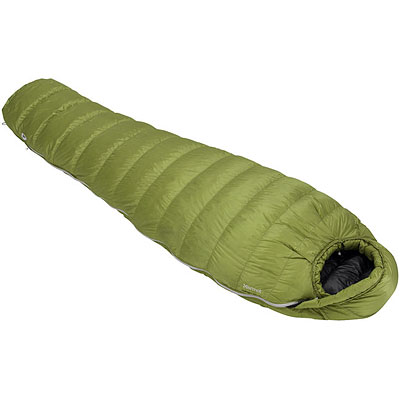
- 30° down
- full-length zip
- is the atom more versatile?
- 1lb 9.6oz
With its 30 degree temperature rating and featherlight one pound, nine ounce weight, Marmot's Hydrogen sleeping bag would seem to occupy an ideal niche.
Summer mountaineers should find the 30° rating adequate for chilly Sierra nights, while those with ultralight needs get nearly as light a bag as Marmot's excellent 40-degree Atom without the risk of shivering all night. That's the theory, at least. I tried the Hydrogen for my Pacific Crest Trail hike, which gave me four nights in the Sierra interior (including a frost) to test the Hydrogen.
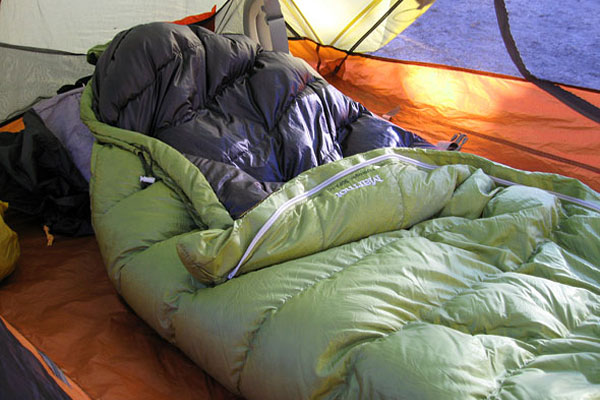
Ultimately, I came away with a mixed impression. The Marmot Hydrogen certainly has its merits, but its versatility is a tad limited.
First, let me note that Marmot has made several substantial improvements to their already-stellar down sleeping bags.
The Hydrogen and its cohorts now feature full-length zippers (which do not, amazingly enough, add significantly to their weight). The importance of a full-zipper cannot be overstated. Think of it as an instant and significant boost to sleeping comfort and temperature control. If it's warm and you've got full zips, you can easily sleep comfortably in even a winter bag just by unzipping it and using it as a down comforter.
Marmot has also improved their stuff sacks. They are now made of silnylon, are substantially lighter (less than an ounce), and feature a cleverly-placed grommet to make cinching down the drawcord much, much easier. In case you're not familiar with Marmot bags, let me just say they are excellent. Construction quality, design, materials—all are outstanding. 850+ fill down makes these bags as warm, pound-for-pound, as you can get. Sharp design elements include a draft tube, and a trapezoidal foot box to control where the down goes and maximize its effectiveness.
The interior lining material feels soft and comfortable against the skin. Broad-shouldered hikers may find the Hydrogen offers a surprisingly roomy fit (for a mummy bag) while still cinching down when needed to seal in the heat. So why, in my opinion, isn't the Hydrogen a slam dunk? Well, let's look at what the Hydrogen is not. It is a not a substitute for the 15° Helium—not even close. On the nights when the temperatures dipped close to the Hydrogen's 30-degree rating, I was cold.
Part of the problem turned out to be a lack of insulation against the ground (I was using a 3-season thermarest pad). But that wouldn't be an issue with the Helium. It's got enough insulation to keep you toasty in much colder temperatures, even with sub-par ground insulation. In terms of warmth, the Hydrogen is much closer to the Atom (as I suppose is obvious if you look at the temp ratings). What's interesting about this is that humans react very differently to above and below-freeing temperatures. If you're in the Atom and it's 40 degrees outside—it's still only 40 degrees.
On the other hand, try pushing the Hydrogen's temperature rating, and you very quickly get into dangerous temperatures in which you're under-prepared. So what is the ideal situation to employ the Hydrogen? I'd say a fairly narrow set of circumstances, unless you're carrying a 4-season pad and lots of extra clothing.
To be sure, summer hikers who know they're not going to be seeing freezing temperatures can buy the Hydrogen with confidence, knowing they're getting a great, warm bag at nearly the Atom's weight without nearly as much risk of shivering (the Atom at 40° can make for a chilly night). But for the hardcore ultralighter who knows what they're doing...the Atom may provide nearly as much of a safety net while saving a handful of critical ounces. And when the temperatures do push below freezing, nearly all hikers will be far more comfortable in the 15° Helium.
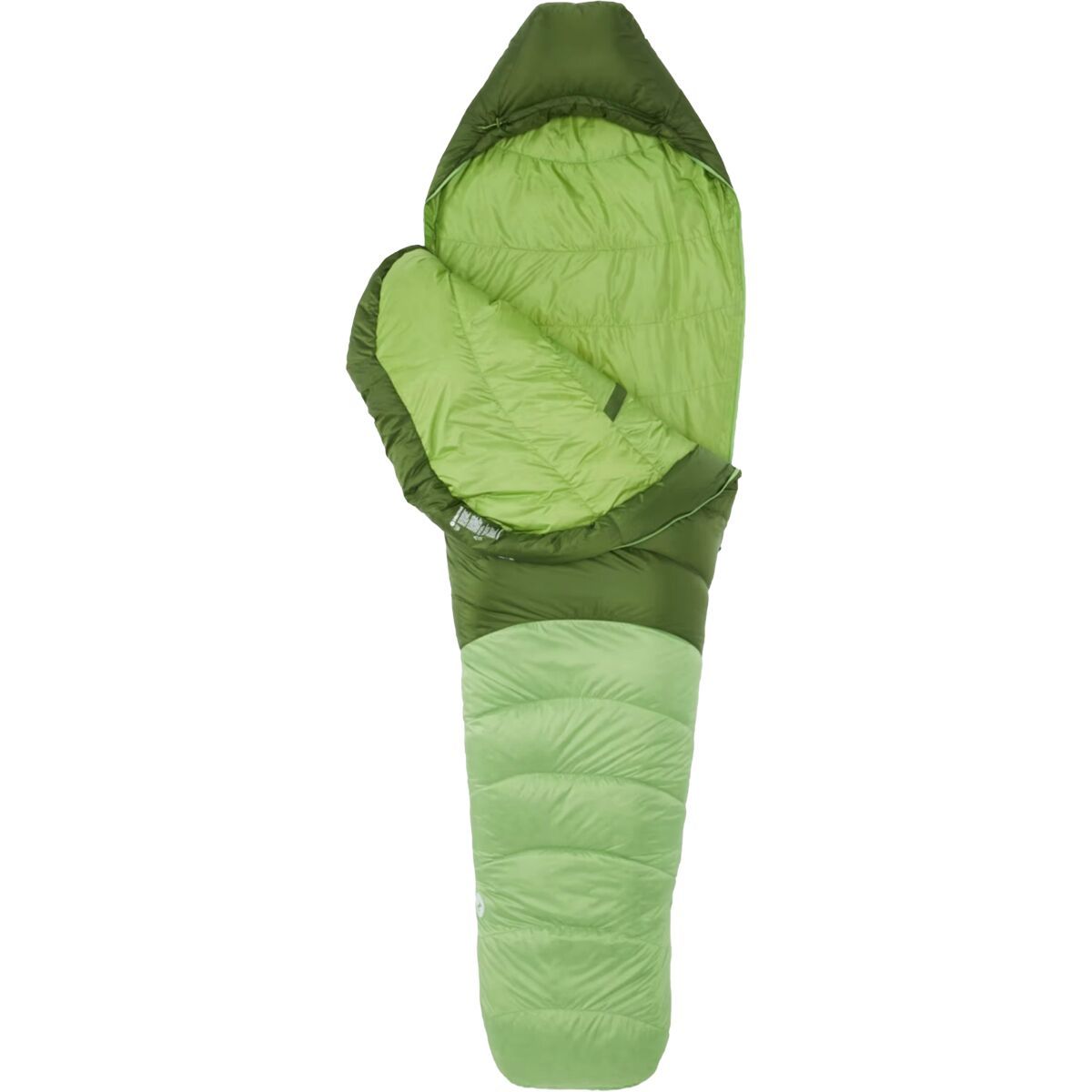
Marmot Hydrogen Sleeping Bag: 30F
$418.95 at Backcountry.com
Marmot Lithium Sleeping Bag: 0F
$618.95 at Backcountry.com
Marmot Warm Cube -30F Expedition
$664.27 at OMCgear
Marmot Men's Never Summer 0deg
$338.95 at OMCgearMarmot Mad River 15 Sleeping Bag
$339.00 at REI.comMarmot Women's Teton 15 Sleeping
$224.73 at REI.com


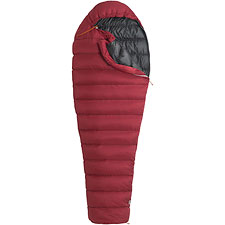 Marmot Atom
Marmot Atom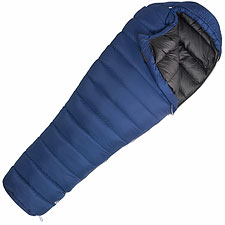 Marmot Helium
Marmot Helium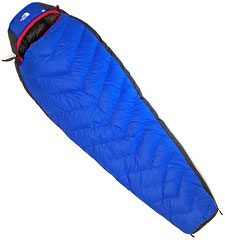 North Face Hot Tamale
North Face Hot Tamale